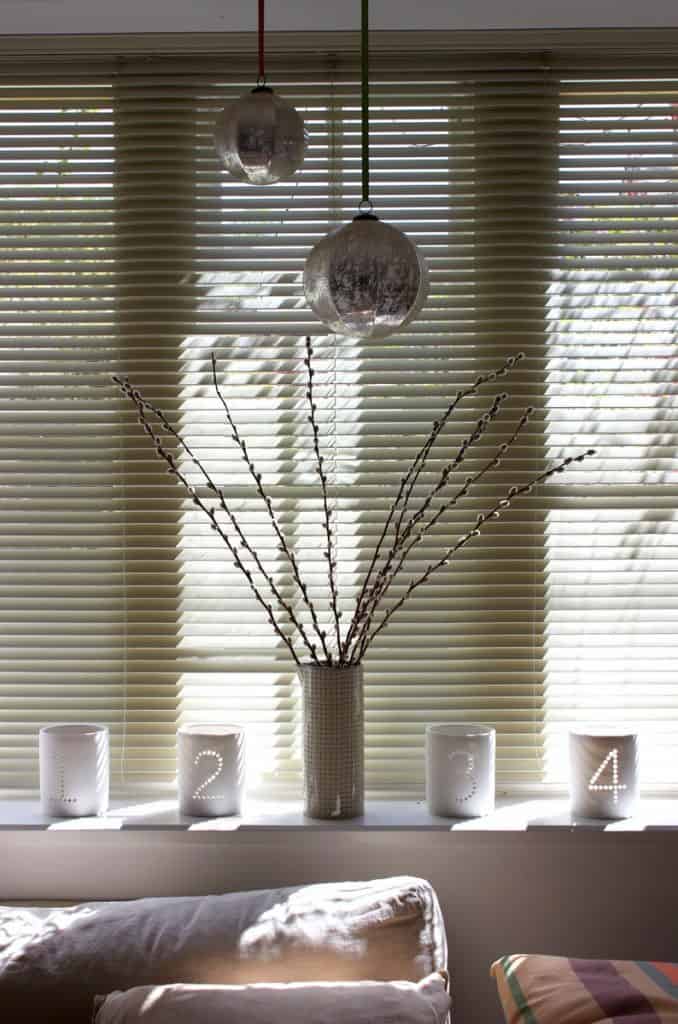Most people know that cleaning Venetian blinds can be a hassle. But few know how to clean them properly, and end up with streaks or missed spots.
Venetian blinds are a stylish and versatile window covering, but they can be difficult to keep clean. The metal slats can easily become covered in dust, fingerprints, and other marks.
Most people know that cleaning Venetian blinds can be a hassle. But few know how to clean them properly, and end up with streaks or missed spots.
How to Clean Venetian Blinds?
The cleaning process for Venetian blinds is actually quite simple, but it does require some special care. Here are the most common ways to clean your Venetian blinds:
Using a feather duster
This is the quickest and easiest way to remove surface dust from your blinds. Simply run the duster over all of the slats, moving from top to bottom.
Wiping with a damp cloth
If your blinds are particularly dirty, you may need to wipe them down with a damp cloth. Be sure to wring out the cloth well before wiping, as you don’t want any water dripping onto the floor or furniture. Wipe each slat individually, moving from top to bottom.
Cleaning with a vacuum cleaner
If you have a handheld vacuum cleaner, you can use it to clean your Venetian blinds. Be sure to use the brush attachment, and move slowly so that you don’t miss any spots.
Soaking in a tub
If your blinds are very dirty, you may need to soak them in a tub. Fill a tub with warm water and add a mild detergent. Soak the blinds for 15-20 minutes, then rinse well and dry with a soft cloth or microfiber cloth.
Types of Venetian Blinds
There are two main types of Venetian blinds:
Horizontal slats
The first type is made with horizontal slats that can be tilted open or closed. They are easy to dust and usually don’t require much cleaning.
Vertical slats
The second type is made with vertical slats that can be raised or lowered. These blinds can be more difficult to clean, but they offer a more modern look.
Different Kinds of Venetian Blinds Material
Venetian blinds can be made from a variety of materials, including wood, metal, and plastic.
Wooden blinds
Wooden Venetian blinds are the most traditional type. They offer a warm and natural look, but they can be more expensive than other types.
Metal Venetian Blinds
Metal Venetian blinds are a good choice if you want a durable and low-maintenance option. They are often made from aluminum, which won’t rust or tarnish.
Aluminium Venetian Blinds
Aluminium Venetian blinds are a good choice if you want an affordable and durable option. They won’t rust or tarnish, and they are easy to keep clean.
Plastic Venetian Blinds
Plastic Venetian blinds are a good choice if you want an inexpensive option. They are available in a variety of colors, but they can be more fragile than other types.
Faux Wood Venetian Blinds
Faux wood Venetian blinds are a good choice if you want the look of wood without the high price tag. They are made from a variety of materials, including PVC and composite wood.
Fabric Venetian Blinds
Fabric Venetian blinds are a good choice if you want a soft, natural look. They are made from a variety of materials, including linen, cotton, and silk. Fabric blinds can be more expensive than other types.
Tips in Removing Stains from Venetian Blinds
To get rid of stubborn stains from Venetian blinds, use a glass cleaning spray, washing up liquid, or a combination of water and vinegar as your cleaning solution. Apply the solution to a clean cloth and rub it into the stain. Wipe the area with a dry cloth to remove any residue. Repeat this process until the stain is gone.
When cleaning your Venetian blinds, be sure to use gentle cleaners and avoid harsh chemicals. These can damage the finish of your blinds and shorten their lifespan.
Additional tips in cleaning blinds
1) Set a regular cleaning schedule. Venetian blinds can be dusted and wiped down as needed, but it’s a good idea to set a regular cleaning schedule. This will help you keep on top of the cleaning and prevent the build-up of dirt and dust. Regular maintenance will also help extend the lifespan of your blinds.
Try setting a weekly or monthly cleaning schedule, and stick to it as much as possible.
2) Use a microfiber cloth. Microfiber cloths are great for cleaning Venetian blinds because they pick up dust and dirt easily. They are also gentle on the surfaces of your blinds, so you don’t have to worry about scratching or damaging them.
Be sure to use a clean microfiber cloth for each cleaning session, and wash them regularly to prevent the build-up of dirt and dust.
3) Use a vacuum cleaner with a soft brush attachment. Vacuuming your Venetian blinds is a quick and easy way to remove dust and dirt. Be sure to use the soft brush attachment on your vacuum cleaner to avoid scratching or damaging the surfaces of your blinds.
You can vacuum your blinds as often as you like, but try to do it at least once a week to prevent the build-up of dirt and dust. All slats should be dusted or vacuumed on both sides at least once a month.
4) Excess moisture can damage your blinds. When cleaning your Venetian blinds, be sure to use a gentle cleanser and avoid using too much water. Excess moisture can damage the finish of your blinds and shorten their lifespan.
To avoid damaging your blinds, wipe them down with a damp cloth instead of submerging them in water. Allow them to air dry completely before putting them back in place.
Cleaning Venetian blinds may seem like a daunting task, but it doesn’t have to be. With a little elbow grease and the right cleaners, you can keep your blinds looking like new for years to come.
Other suggested articles:


